Intro
Learn safe ear wax removal methods and techniques in our Ear Wax Cleaning Guide, featuring ear irrigation, ear drops, and ear cleaning tools to prevent ear infections and maintain ear health.
The importance of ear wax cleaning cannot be overstated. Ear wax, also known as cerumen, is a natural substance produced by the glands in the ear canal that helps to protect the ears from dirt, dust, and other small particles. However, excessive ear wax can lead to a range of problems, including hearing loss, earaches, and infections. In this article, we will delve into the world of ear wax cleaning, exploring the benefits, methods, and best practices for keeping your ears clean and healthy.
Ear wax cleaning is a crucial aspect of ear health, and neglecting it can have serious consequences. For instance, excessive ear wax can push deeper into the ear canal, causing damage to the eardrum or even leading to a perforated eardrum. Furthermore, ear wax can harbor bacteria, which can lead to infections and other complications. Therefore, it is essential to understand the importance of ear wax cleaning and take proactive steps to maintain good ear health.
The ear wax cleaning process can seem daunting, especially for those who are unsure about the best methods and techniques. However, with the right guidance and equipment, ear wax cleaning can be a straightforward and effective process. In this article, we will provide a comprehensive guide to ear wax cleaning, covering topics such as the benefits of ear wax cleaning, the different methods and techniques, and the best practices for maintaining good ear health.
Understanding Ear Wax
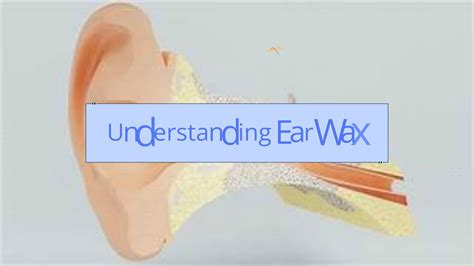
Types of Ear Wax
There are two types of ear wax: wet and dry. Wet ear wax is the most common type and is characterized by a sticky, yellowish substance. Dry ear wax, on the other hand, is flaky and white. The type of ear wax a person has is determined by their genetics, with some people producing more wet ear wax and others producing more dry ear wax.Benefits of Ear Wax Cleaning
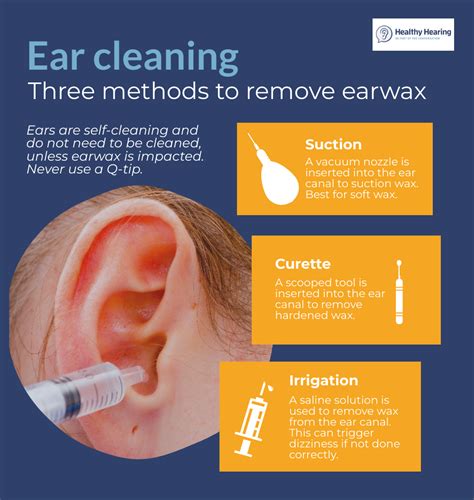
Improved Hearing
One of the most significant benefits of ear wax cleaning is improved hearing. Excessive ear wax can block the ear canal, reducing the ability to hear clearly. By removing this blockage, individuals can experience improved hearing and a reduction in the risk of hearing loss.Methods of Ear Wax Cleaning

Ear Irrigation
Ear irrigation involves using a gentle stream of water to remove ear wax from the ear canal. This method is often used in conjunction with ear drops, which help to soften the ear wax and make it easier to remove.Best Practices for Ear Wax Cleaning
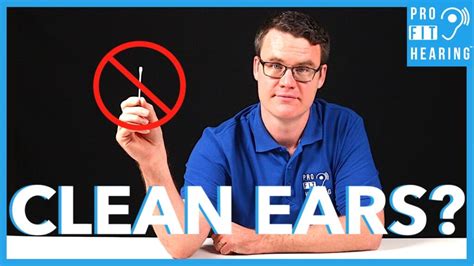
Using the Right Equipment
Using the right equipment is crucial for safe and effective ear wax cleaning. This includes using ear drops to soften the ear wax, and an ear syringe or irrigation device to remove the ear wax.Risks and Complications of Ear Wax Cleaning
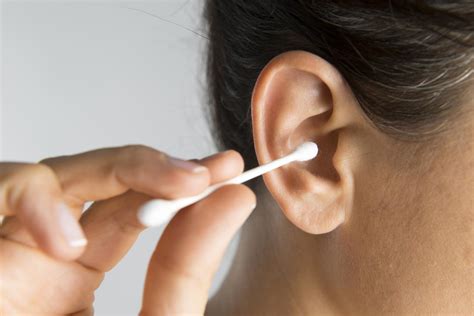
Ear Infections
Ear infections are a common complication of ear wax cleaning. These infections can occur when bacteria enter the ear canal, often as a result of improper ear wax cleaning techniques.Preventing Ear Wax Buildup
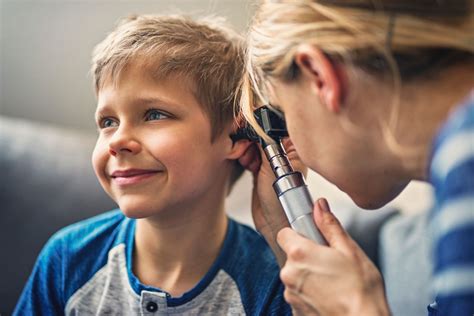
Regular Ear Cleaning
Regular ear cleaning is crucial for preventing ear wax buildup. This involves using ear drops to soften ear wax, and an ear syringe or irrigation device to remove ear wax.Conclusion and Next Steps

We invite you to share your thoughts and experiences with ear wax cleaning in the comments below. Have you had success with ear wax cleaning, or do you have questions about the best methods and techniques? Share your story and help others learn more about the importance of ear wax cleaning.
What is the best method for ear wax cleaning?
+The best method for ear wax cleaning will depend on the individual's specific needs and circumstances. However, ear irrigation and microsuction are two popular and effective methods.
How often should I clean my ears?
+It is generally recommended to clean your ears every 2-3 months, or as needed. However, it's essential to consult with a healthcare professional or audiologist for personalized advice.
Can I use cotton swabs to clean my ears?
+No, it's not recommended to use cotton swabs to clean your ears. Cotton swabs can push ear wax deeper into the ear canal, leading to blockages and other complications.
